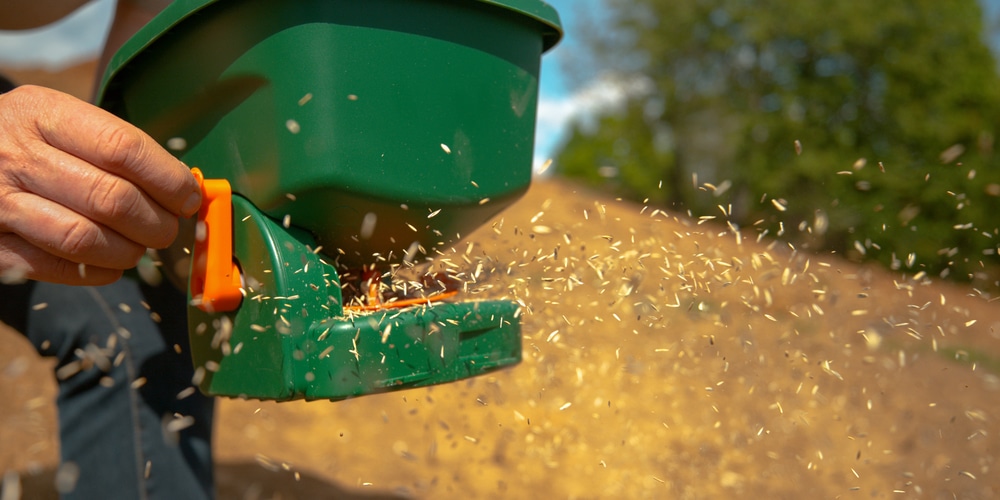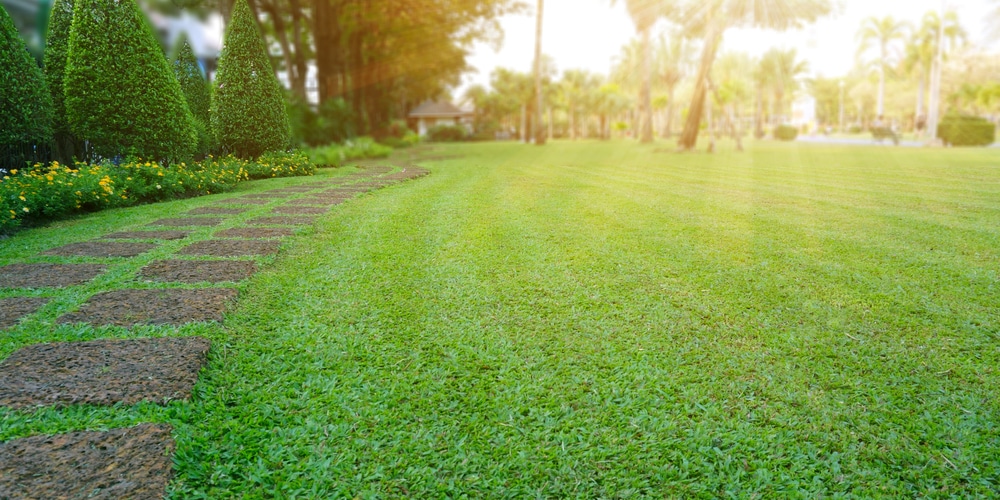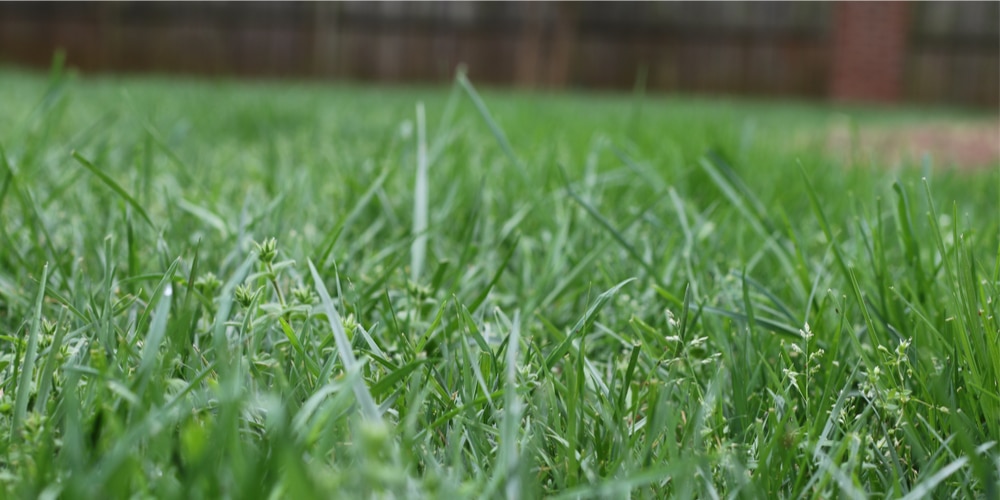If you’re a Minnesota homeowner, you know that having a lush, green lawn is essential. Not only does a well-maintained yard add curb appeal to your home, but it’s also great for summer barbecues and backyard get-togethers. So, how do you choose the best grass seed for Minnesota?
There are several factors to consider, including climate and soil type. Keep reading for tips on finding the right seed mix for your needs.
What Factors Should You Consider When Choosing A Grass Seed For Minnesota Weather Conditions?

When choosing a grass seed for Minnesota, one of the most important factors is the state’s climate. Minnesota experiences four distinct seasons – winter, spring, summer, and fall.
Each season brings different weather conditions that can affect your lawn. For example, your lawn may be covered in snow and ice during the long winter months.
This can cause the grass to die, so it’s crucial to choose a seed mix tolerant of cold weather.
What Type Of Soil Do You Have In Minnesota?
Another factor to consider when choosing a grass seed for Minnesota is the type of soil. The state has two main types of soil – clay and loam. Clay soil is heavy and compact, while loam is a mix of sand, silt, and clay.
Each type of soil requires extra care, so choosing a seed mix that will thrive in your conditions is important.
What Are The Best Grass Seed Mixes For Minnesota?
Now that you know what to look for in a grass seed mix, it’s time to choose the right one for your Minnesota lawn. Here are a few of the best grass seed mixes for the state:
Tall Fescue
Tall Fescue is a type of grass commonly used for turf, pasture, and hay. It is a hardy grass that can tolerate drought and cold weather, making it a popular choice for lawns and sports fields.
Tall Fescue is also known for its deep roots, which help to anchor the grass and prevent soil erosion. In addition, Tall Fescue is relatively low-maintenance, requiring only occasional mowing and watering.
However, Tall Fescue does have some drawbacks. It is susceptible to disease, and its blades can be sharp, making it uncomfortable to walk barefoot. Overall, though, Tall Fescue is a versatile and durable grass that is well-suited for various applications.
Rough Bluegrass
Rough bluegrass, also known simply as bluegrass, is a tough and resilient grass species that is especially well-suited to areas with poor soil quality. This low-maintenance species can grow in various climates and under a wide range of conditions.
Rough bluegrass tends to spread easily and rapidly through both seeds and underground stems known as rhizomes, which allow for the fast establishment of new plants even in the absence of sunlight.
In addition to its ability to thrive in difficult environments, bluegrass is often prized for its beautiful grassy texture and deep green color.
Whether used as lawn or landscape grass, rough bluegrass is an excellent choice for anyone looking to cultivate a low-effort yet high-impact garden.
Perennial Ryegrasses
Perennial ryegrasses are types of grasses that are specially adapted to thrive in a variety of different environmental conditions. These hardy plants have long, wiry roots that help to anchor them to the ground and protect against wind and water erosion.
In addition, perennial ryegrasses also have tough stems and durable blades, which allow them to withstand heavy foot traffic and other tough conditions.
Due to their ability to survive harsh conditions, perennial ryegrasses are often used for landscaping and turf grasses.
Additionally, these versatile grasses provide many nutrients for the soil, making them an essential component of healthy ecosystems. Perennial ryegrasses are known for their ability to resist disease and pests, making them an excellent choice for maintaining a healthy lawn.
Whether planted along highways or used in home gardens, perennial ryegrasses are truly valuable assets to any environment.
How Do You Prepare The Soil Before Planting Grass Seed?
No matter what type of grass seed you choose, preparing the soil before planting is important. The first step is to test the soil to determine its nutrient levels and pH. Once you know what nutrients your soil lacks, you can add them in the form of fertilizer.
Then, use a rototiller or other tool to loosen the soil and remove any rocks or debris. Finally, rake the soil to create a smooth surface for planting.
When Is The Best Time To Plant Grass Seed?
The best time to plant grass seeds in Minnesota is spring or fall. Spring is typically the best time to plant cool-season grasses, while fall is usually the best to plant warm-season grasses.
However, it’s essential to check the seed label for specific planting instructions. Some grasses can be planted year-round, while others require specific environmental conditions to germinate.
Best grass seed for Minnesota: Conclusion
When it comes to choosing the best grass seed for Minnesota, there are a few things to consider. First, decide what type of grass you need based on your specific needs and conditions.
Then, prepare the soil before planting and plant the seeds at the right time of year. With a little bit of care and attention, you’ll be well on your way to having a beautiful, healthy lawn.
Related Article: When to Plant Flowers in Minnesota?

